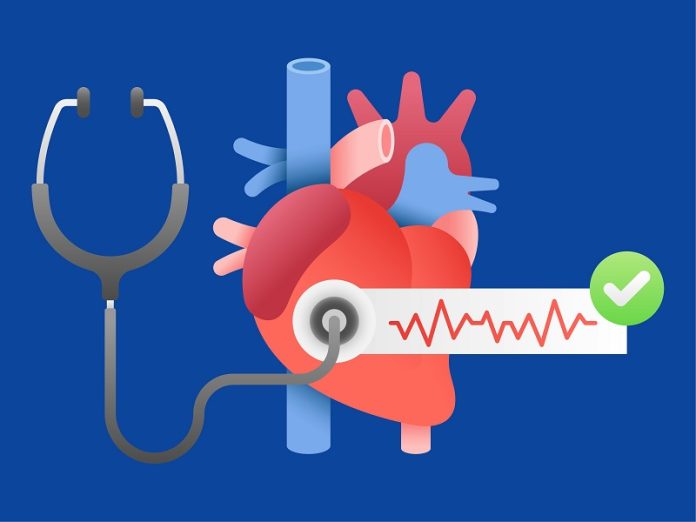
gene, show such different symptoms.
The research, led by Professor Stuart Campbell at Yale University, used lab-grown heart tissue to understand the differences between hypertrophic cardiomyopathy (HCM) and dilated cardiomyopathy (DCM).
The study was published in the Journal of Clinical Investigation.
HCM and DCM are two of the most common inherited heart diseases. They can cause sudden death or heart failure, even in young and healthy people.
HCM causes the walls of the heart’s left ventricle to thicken, making it harder for the heart to pump blood.
In contrast, DCM makes the heart walls thinner, which weakens the heart’s ability to pump.
Both diseases can be caused by changes (mutations) in the same gene that makes a protein called tropomyosin, which helps control how the heart muscle contracts.
Campbell’s team studied two different mutations—just a few amino acids apart in the tropomyosin protein—to see how each one affects the heart.
To do this, they used human-induced pluripotent stem cells (iPSCs)—cells that can turn into any cell type. They edited these cells to carry either the HCM or DCM mutation, then used them to grow small pieces of heart tissue in the lab.
These tissues let the researchers directly observe how the mutations affected heart muscle contraction.
They found that the HCM mutation caused hypercontractility, meaning the heart tissue contracted too much. Meanwhile, the DCM mutation caused hypocontractility—the heart tissue didn’t contract strongly enough.
Next, the researchers used computer models to dig deeper and confirm their findings. The models helped explain how each mutation changes the molecular behavior of tropomyosin and how that leads to opposite effects on heart function.
The team then tested two drugs to see if they could fix the problems. For HCM, they used mavacamten, a drug that reduces muscle contraction.
After treating the HCM heart tissue for a few days, the contractions returned to normal levels. For DCM, they used danicamtiv, a drug that strengthens contractions.
Again, after a few days of treatment, the heart tissue’s strength improved.
This research may help doctors better understand and treat these conditions in the future.
“Even though the same gene is involved, a small difference in the mutation can send the heart in completely opposite directions,” said Campbell. “Our goal was to explain exactly how that happens and to test ways to fix it.”
If you care about heart health, please read studies about how eating eggs can help reduce heart disease risk, and Vitamin K2 could help reduce heart disease risk.
For more information about health, please see recent studies that olive oil may help you live longer, and Vitamin C linked to lower risk of heart failure.
Source: Yale University.



